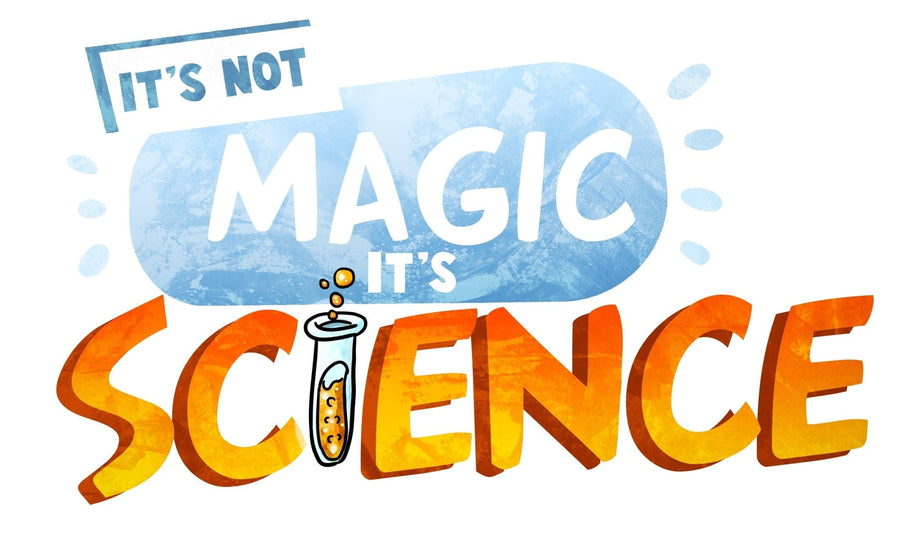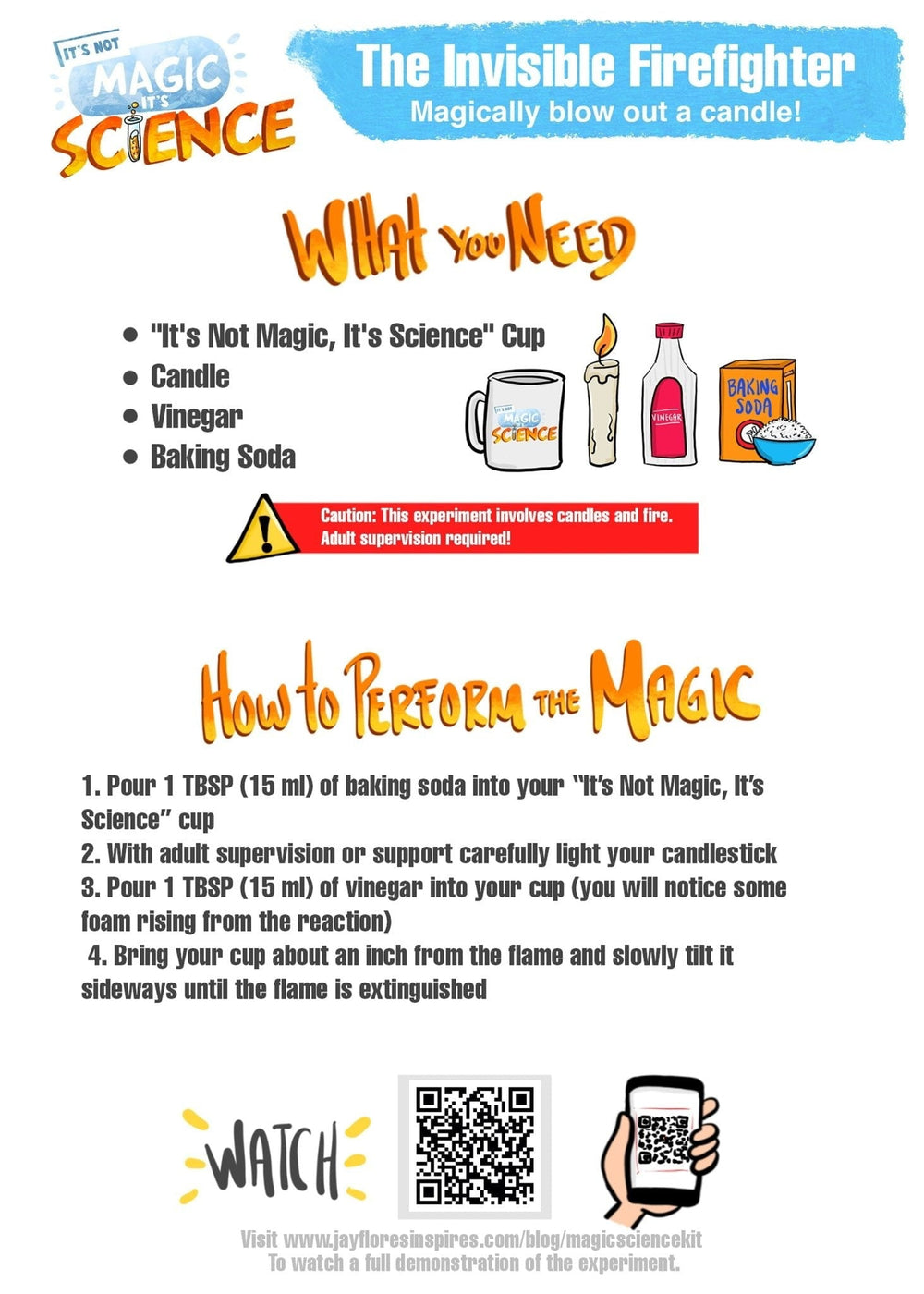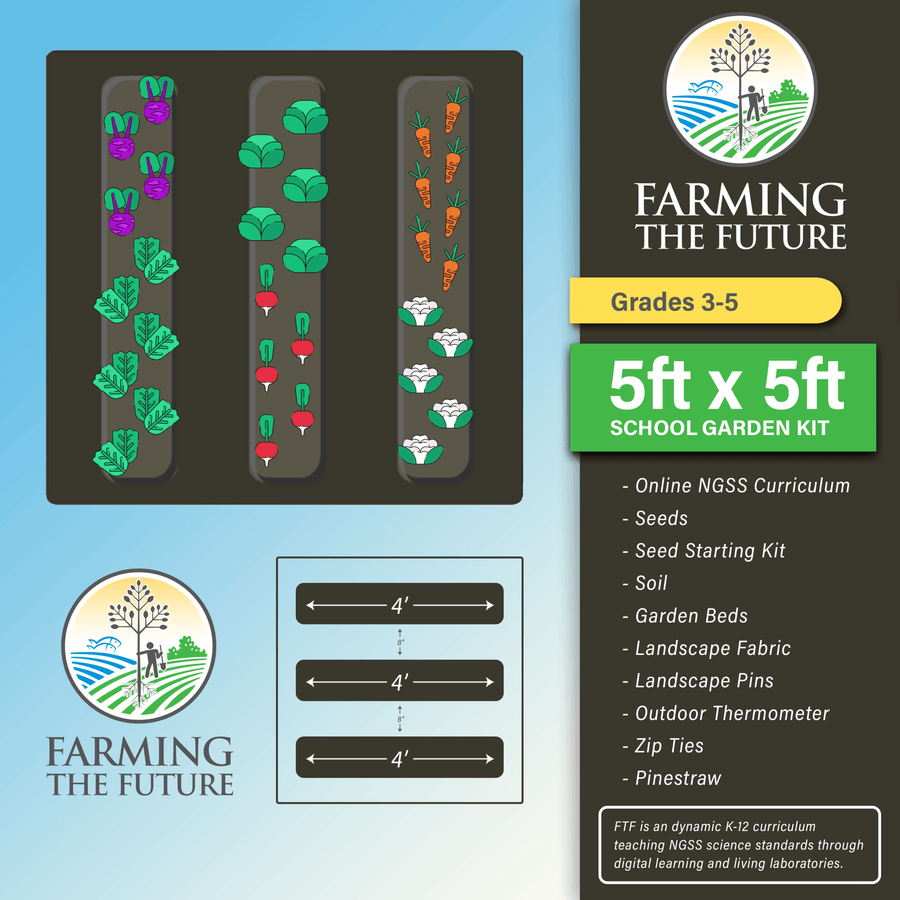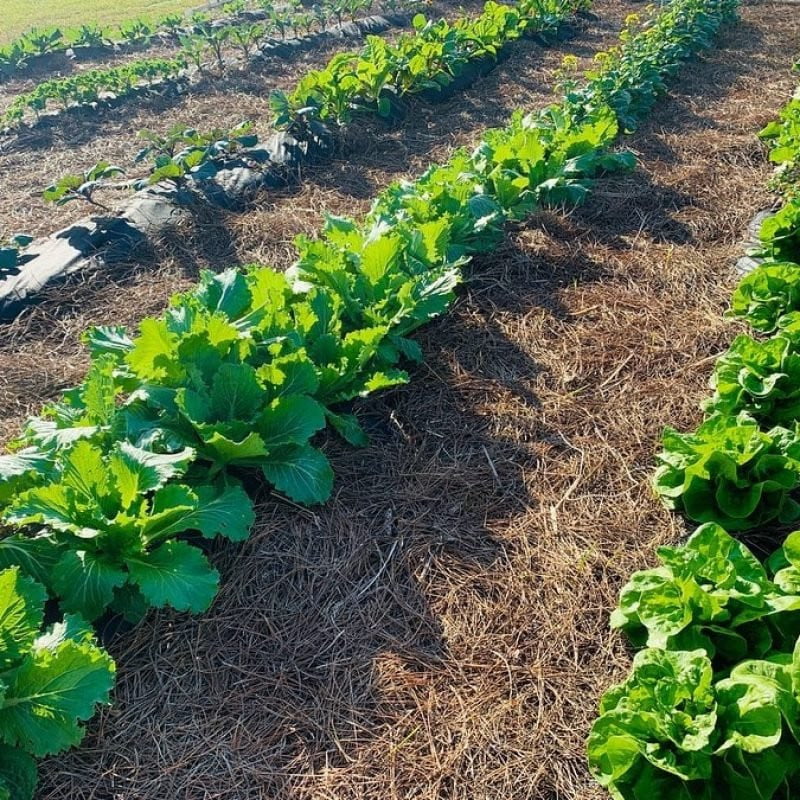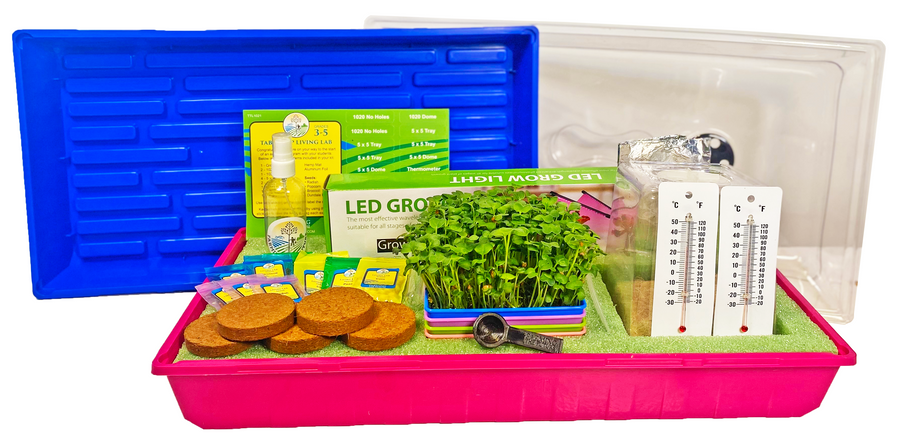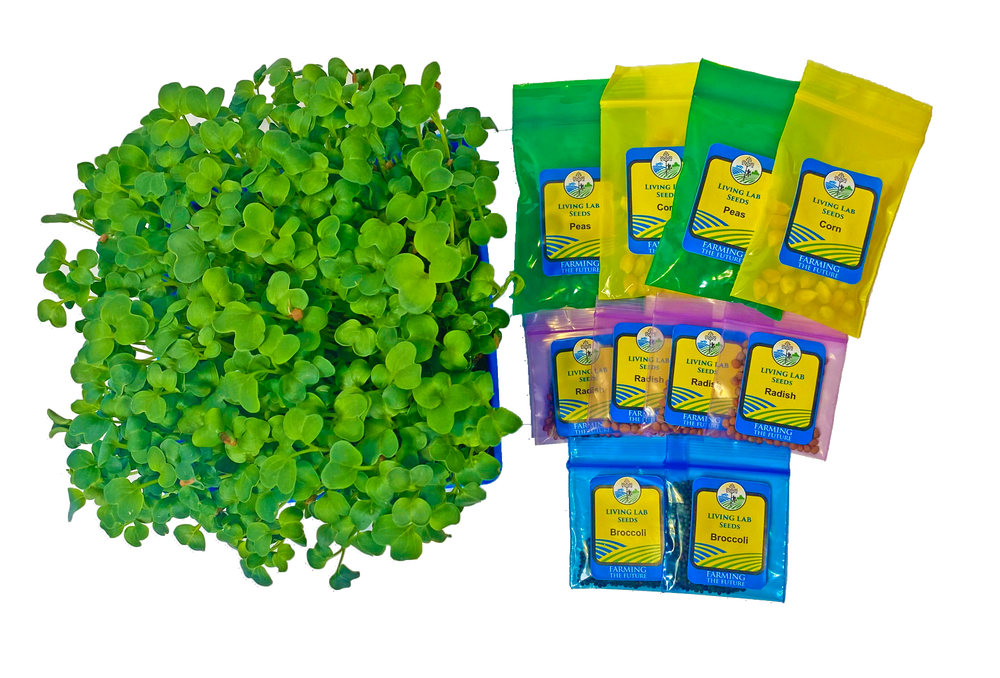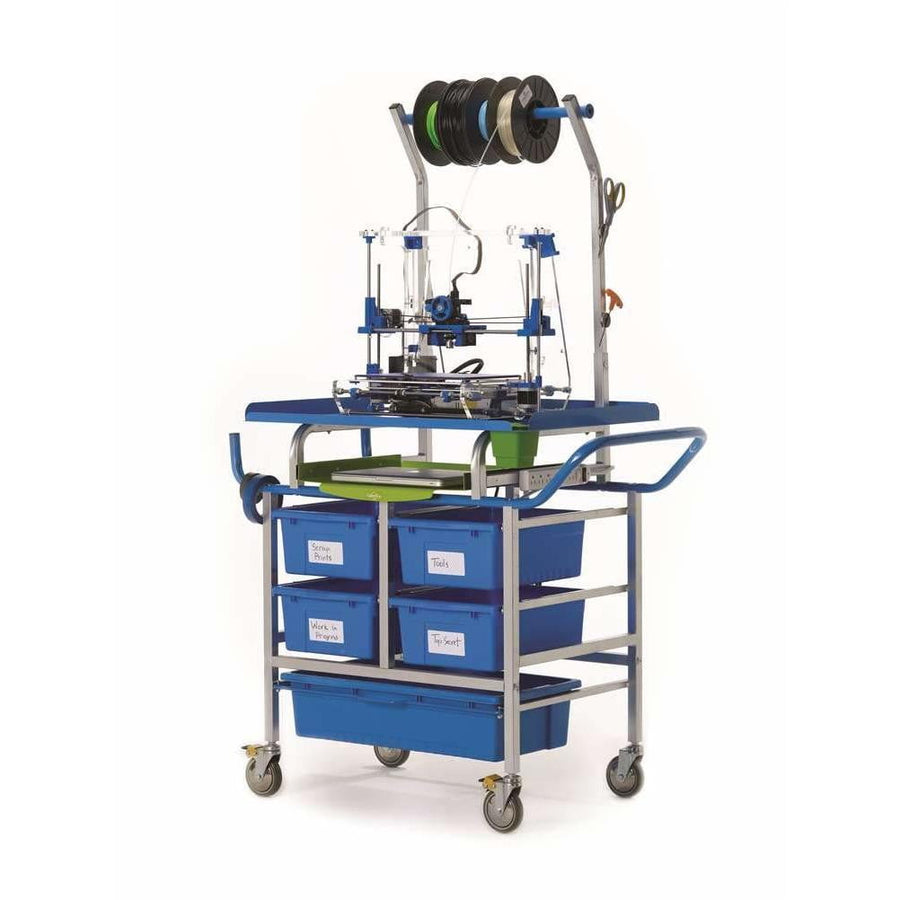The Hive Explorer Education Bundle
- Recomended Grades: Mid-Elementary to High School
- Number of Students: 1 small group up to the whole classroom!
- Number of Lessons: 13
- Additional Documents: Lesson Sample
Note: The Hive Explorer DOES NOT include live mealworms. Live mealworms can be found at most any local pet store across the USA. Please check and make sure that you have access to live mealworms in your area before purchasing.
About:
The Hive Explorer Education Bundle is the solution for educators that are aiming to introduce nature into their STEM classes while teaching about environmental sustainability.
How to use the Hive Explorer?
The Hive Explorer is the perfect home for some of the friendliest little bugs, the Tenebrio Molitor.
The Hive Explorer will be populated with Tenebrio Molitor larvae, also called Mealworms, and that is the first step to a zero food waste journey. Mealworms eat food waste. Students will feed them with a variety of foods such as stale oats, dried crumbs but also banana peels and apple cores. The mealworms grow and start pupating. Students will then move the pupae to the so-called Birthday Tower, where they slowly develop into adults.
The rest is history! You just have to wait and observe how mealworm adults, the beetles, grow and develop and produce new mealworm larvae. The whole lifecycle takes place seamlessly in the Hive Explorer, with minimum intervention needed. The beetles eat food waste too, and as they grow, they mate. Their eggs will go through the yellow layer in which they live, and fall onto the white tray called the nursery. Here, eggs slowly develop into baby larvae, which, once ready, will jump back into the main tray where all mealworms are: the playground.
What’s the secret?
There are actually two things happening while mealworms grow.
First, mealworm poop, also called frass, falls through a mesh onto the main bottom tray of the farm. It is collected there so that we can use it as a great source of natural fertiliser. Basically, you have just upcycled your food waste into plant gold!
Secondly, mealworms grow strong, and can themselves be food for other animals and, for the adventurous ones, for humans!
While we do not recommend that the mealworms you farm are used for human consumption, it is great to learn about their nutritional content and their role in the food chain. Mealworms are rich in proteins, more than some meat, but take only a fraction of the environmental resources. Additionally, both animals and humans have a long history of eating insects because of their rich protein, vitamin and fiber content.
Why should we learn this?
Livin Farms believes that insects teach us to go back to some of the simplest ways to save the planet. They teach us how not to waste anything, and how most food waste can become a new nutrient under the correct conditions. They also make us think about our food and what it takes to produce it. Encouraging young people to look for sustainable and healthy alternatives in their nutrition.
Why is it fun?
First of all, mealworms are just the cutest. In fact, we call them Mealies. Of all insects you could introduce to students, they are among the easiest to handle and to approach. Small, terrible climbers and unable to fly (get this: their bodies are too heavy for their own wings! How weird is that?)Mealworms also eat a variety of food leftovers and thrive in normal mild temperatures (23 to 27 Celsius).
Last but not least, learning about waste, upcycling and circularity with insects is memorable.
The Hive Explorer Lesson Overview:
Each lesson includes a powerpoint presentation, a lesson plan, worksheets with and without answer keys as well as materials lists for smooth class preparation. The Hive Explorer curriculum is aligned with the NGSS and IB standards and covers a variety of topics such as:
- Lesson 1: Introduction to Livin Farms, HE2.0, and Edible Insects
- Lesson 2 - Systems overview - Input, Processes, Output
- Lesson 3 - Processes: Insect Growing Technologies
- Lesson 4 - Input: Food Waste Processing (I)
- Lesson 5 - Input: Food Waste Processing (II)
- Lesson 6 - Design Future Foods Concept (I)
- Lesson 7 - Output: Poop for Microalgae (I)
- Lesson 8 - Output: Poop for Microalgae (II)
- Lesson 9 - Output: Mealworms for Human Food
- Lesson 10 - Output: Mealworm Frass for Growing Microgreens (I)
- Lesson 11 - Design Future Foods Restaurant Concept (II)
- Lesson 12 - Mealworm Castings as Food for Microgreens (II)
- Lesson 13 - Coding with the Hive Explorer 2.0
The Hive Explorer Education Package includes:
- The Hive Explorer Smart Mealworm Farm
- Hardware Kit
- Experiment Set
- Activity Magazine
- Sensors for automated Micro-Climate
- Safe Heatplate
- Ventilation CleanAir Filter
- Downloadable Curriculum
- Digital Classroom Printable Poster
Note: The Hive Explorer DOES NOT include live mealworms. Live mealworms can be found at most any local pet store across the USA.














